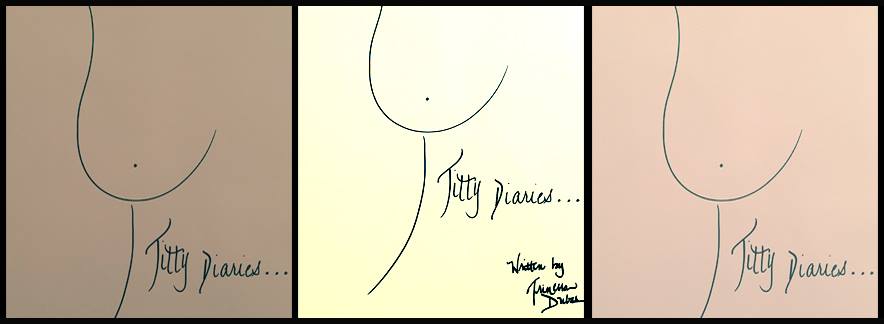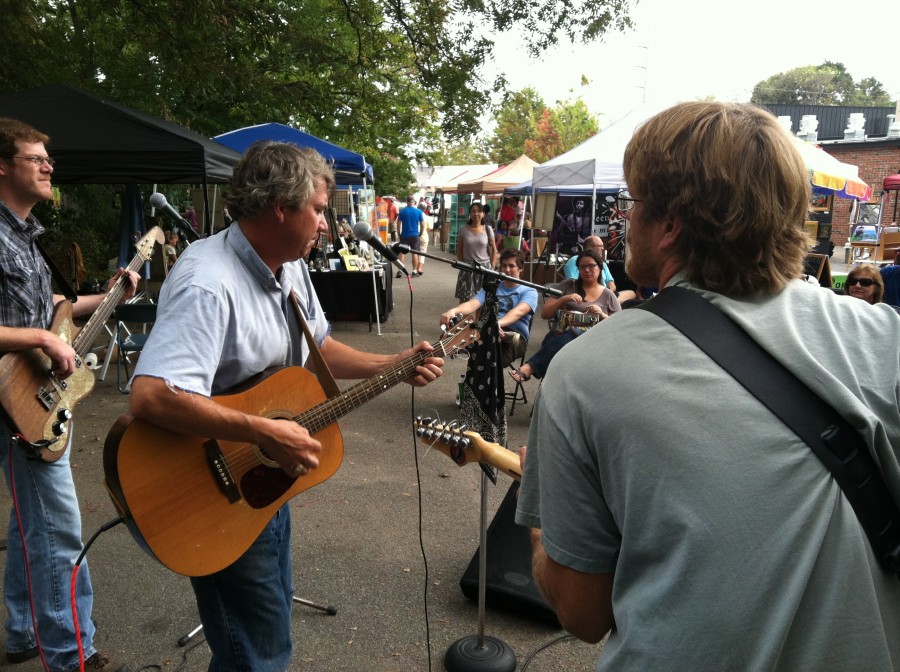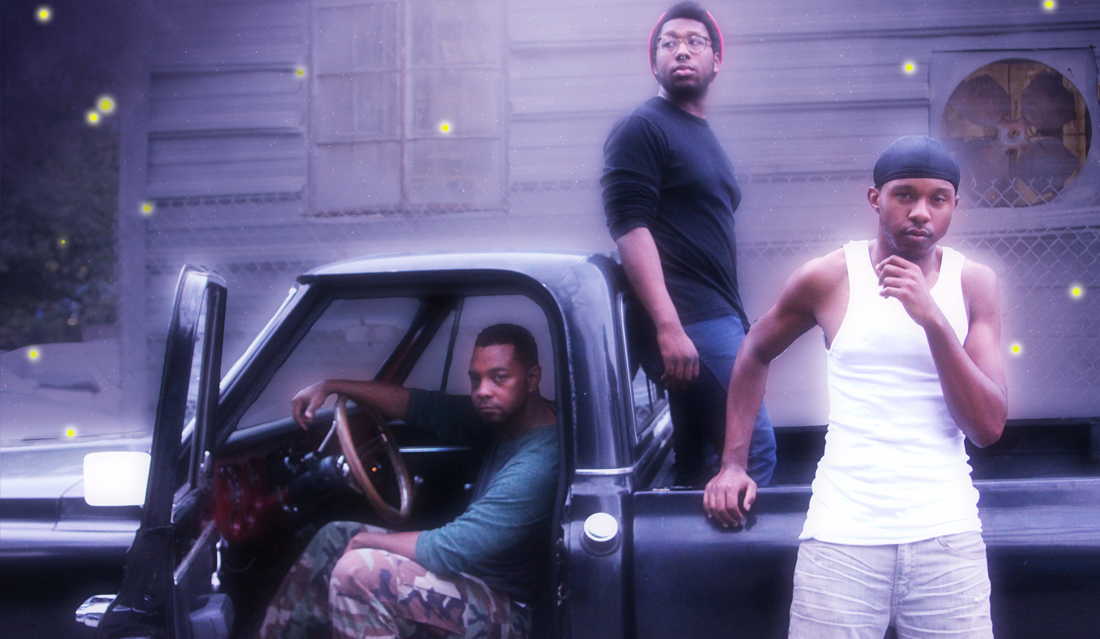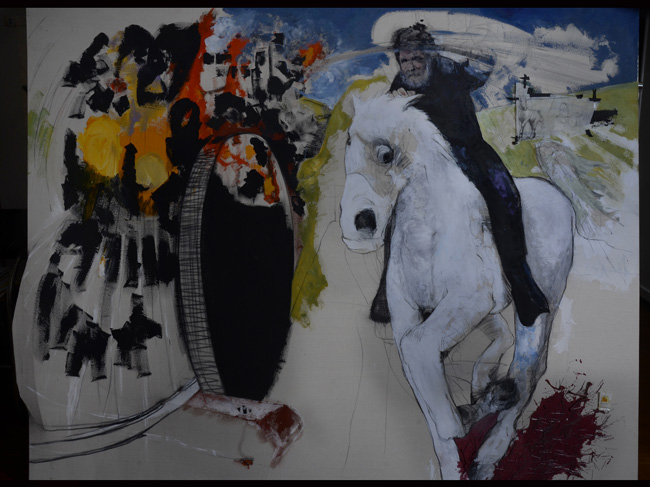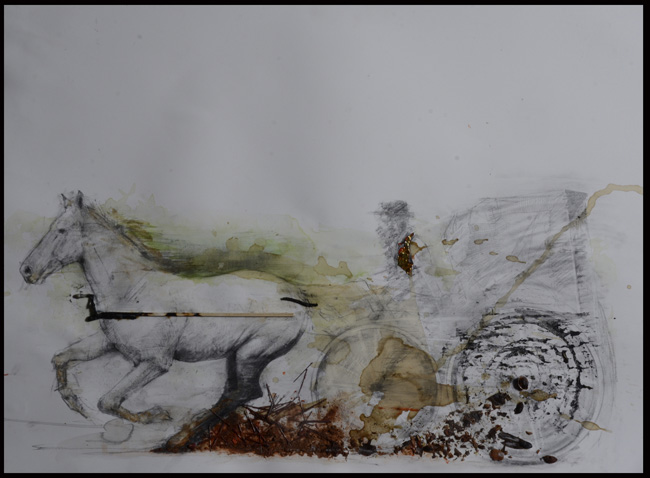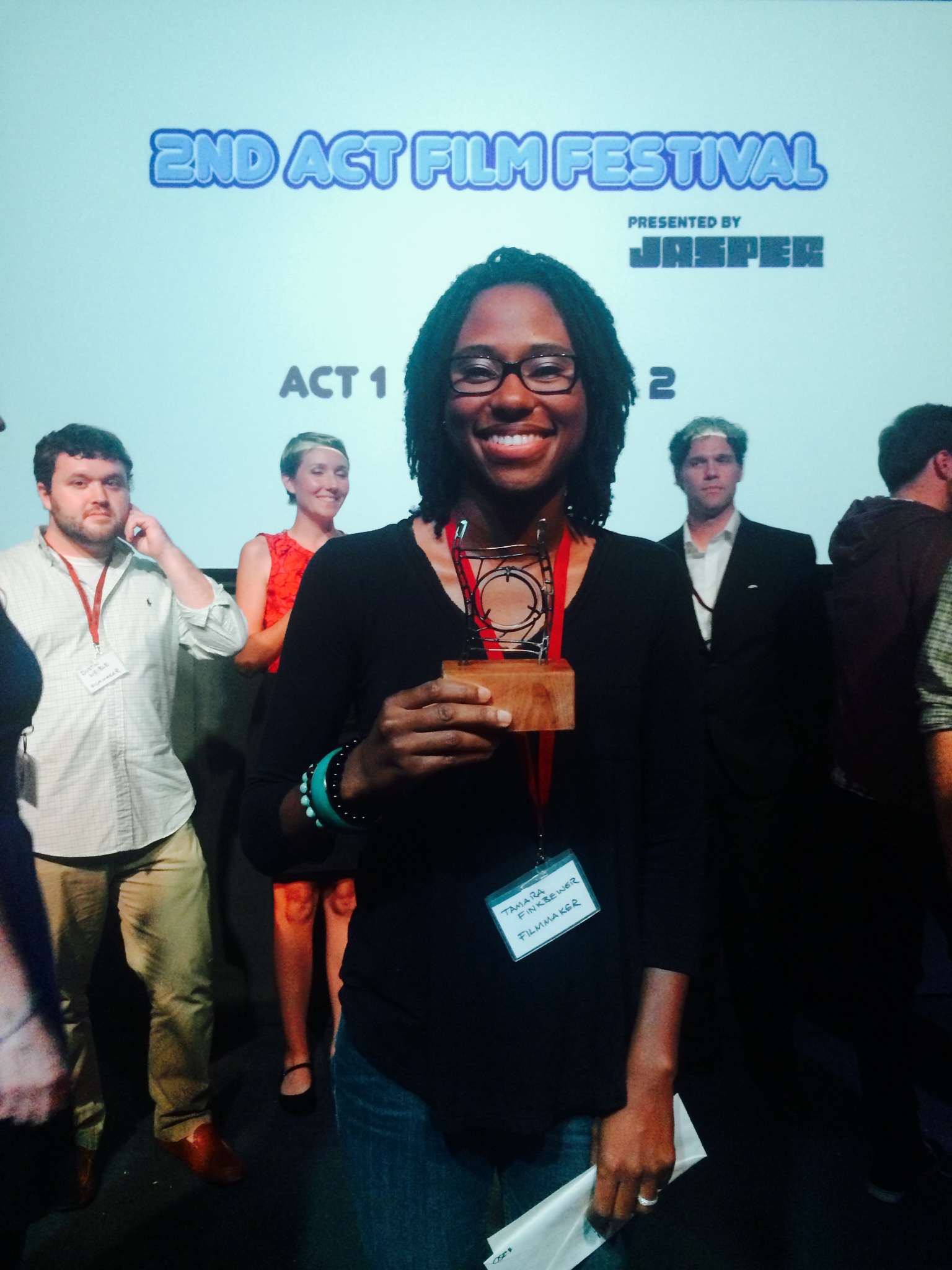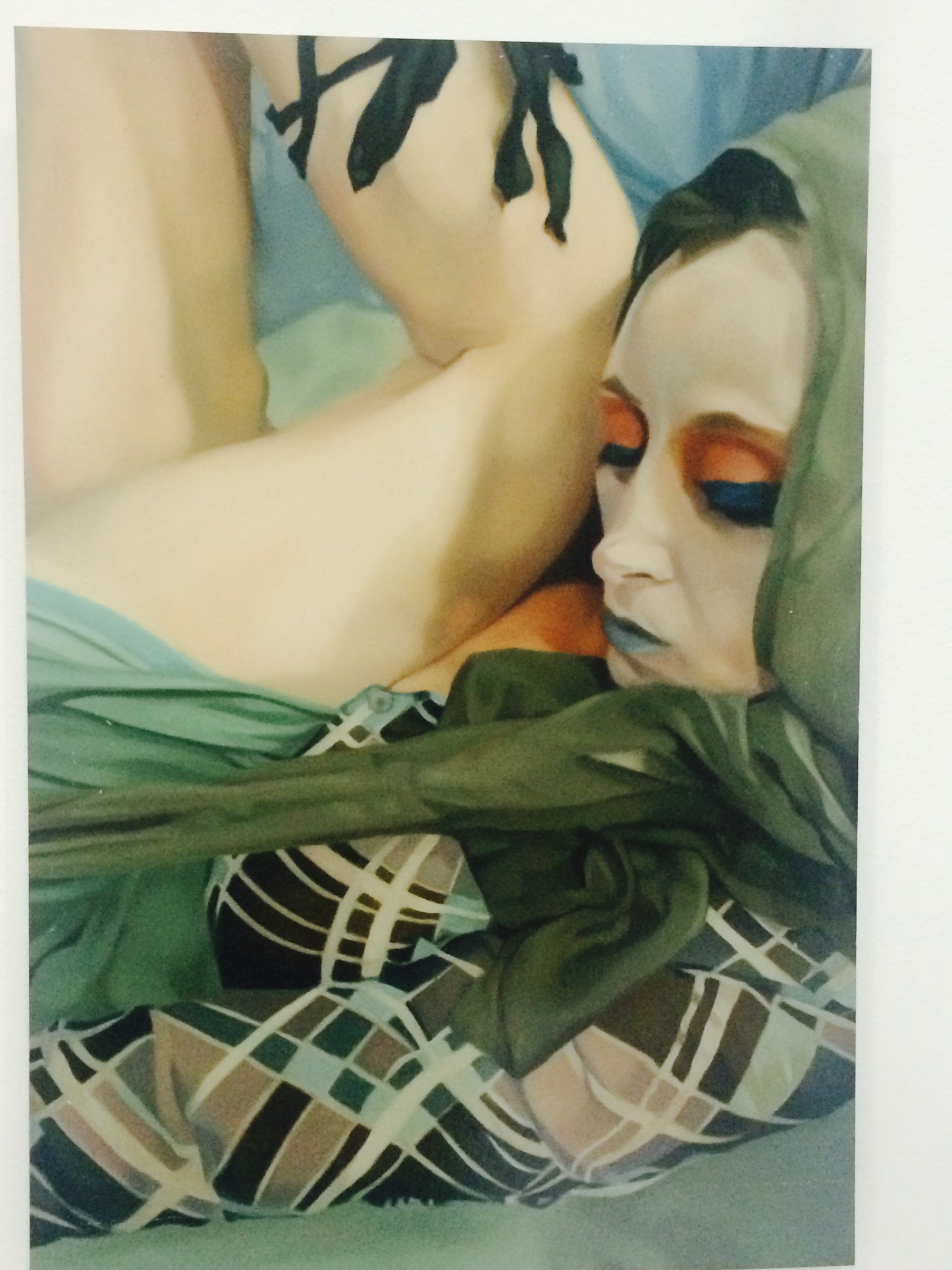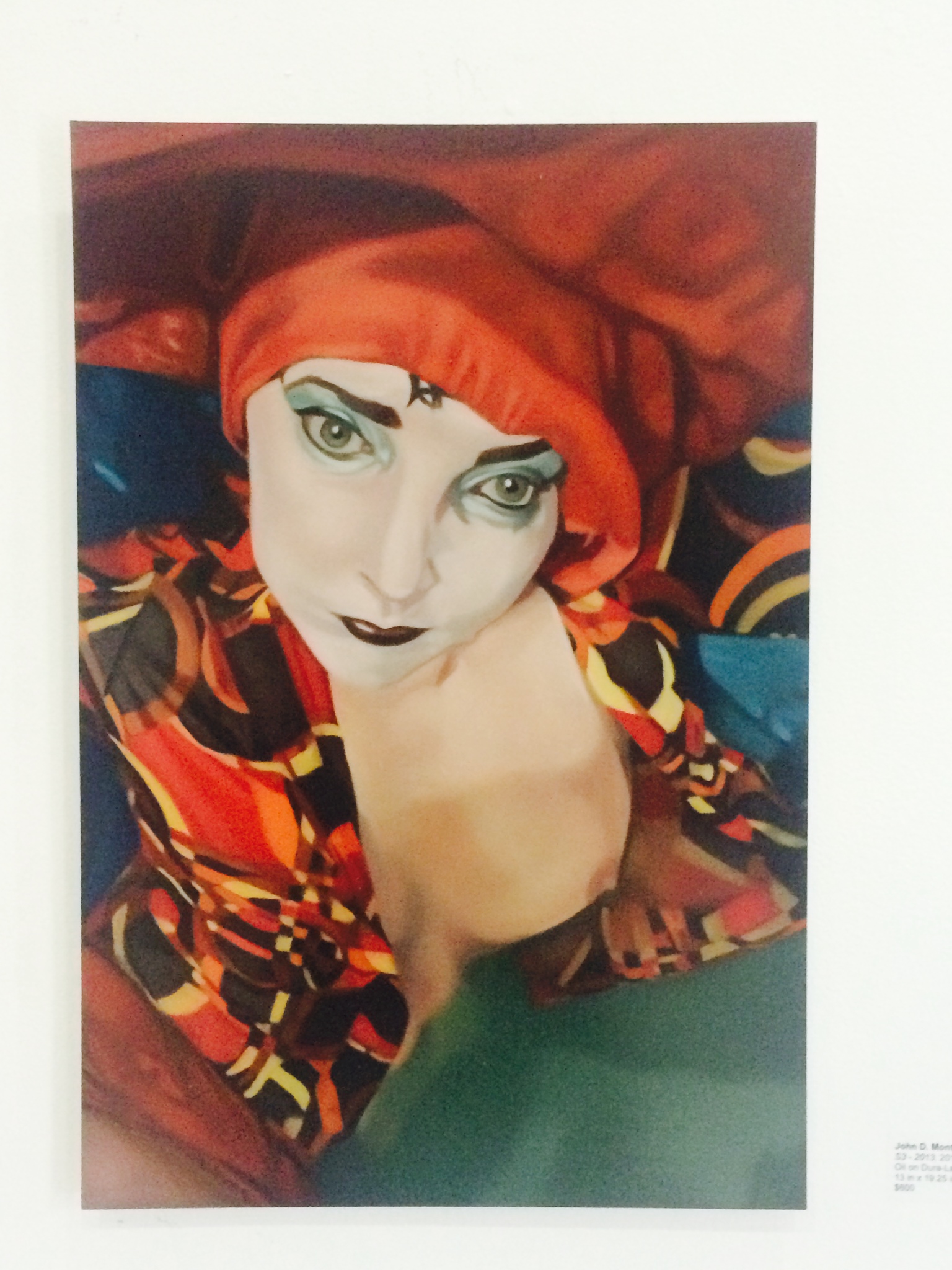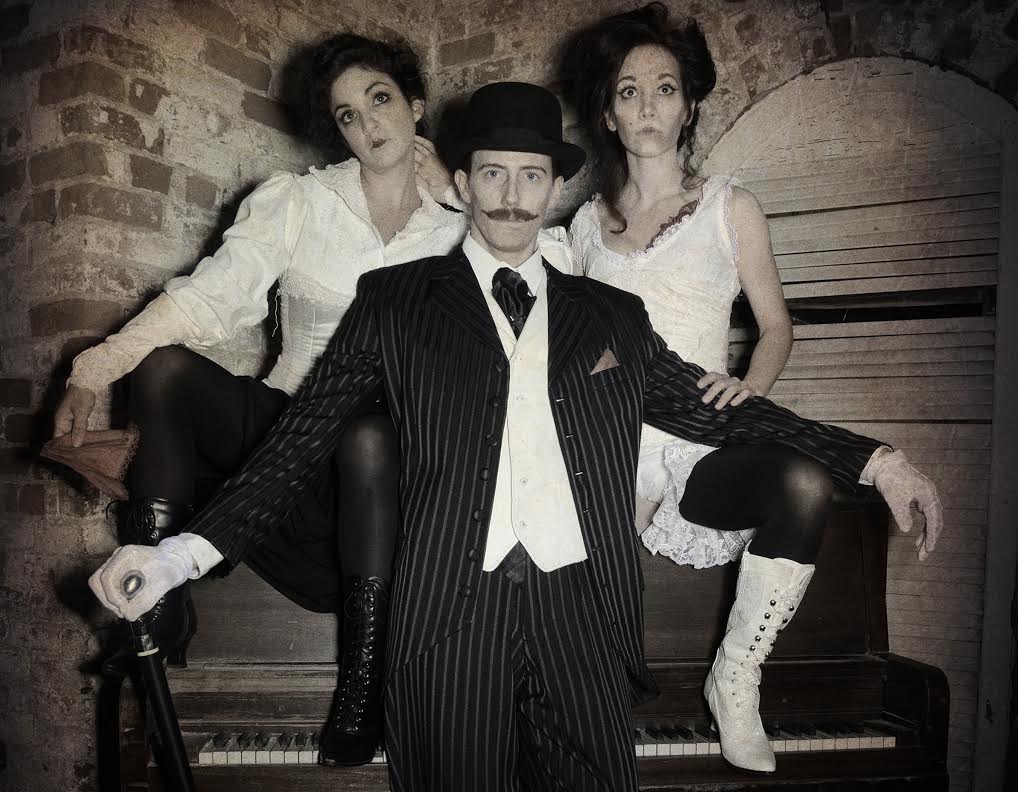Jasper is delighted to announce our 2015 Finalists for Jasper Artist of the Year in music, theatre, dance, literary and visual arts. Winners in each category will be announced on Thursday, November 19th at the 2015 JAY Ceremony and Fundraiser at the Big Apple. Find your voting link at the bottom of this page.
Congratulations to all our 2015 JAY Finalists!
Literary Arts

Al Black
A lynchpin and ringmaster of the spoken word and open mic community in Columbia, Al Black produces and hosts Mind Gravy Poetry, a weekly poetry and performance venue that has been going now for five and a half years. When Mind Gravy celebrated its anniversary in April, Black told Jasper that unity in diversity was his goal. “Going in, I was disheartened with what I saw as a fractured poetry scene that was divided in every way possible. . . . Publically they said many of the right things about each other, but privately it was condescension and purposeful segregation.” With Mind Gravy, he said, “I feel we have created a community.” In addition to Mind Gravy, Black produces and hosts three monthly performances: Poems: Bones of the Spirit, a monthly reading and discussion by three published poets, focused broadly on spirituality; Songversation, a monthly dialogue performance with a singer-songwriter; and Magnify Magnolias, a monthly poetry reading featuring female guest host. In the wake of the Charleston tragedy, he also started and coproduces with Len Lawson the Poets Respond to Race tour, which has included readings in three states. Finally, Black hosts a live band every First Thursday in the courtyard of Tapp’s. He also started and cohosts Non-Sequitur, a monthly poetry workshop.
Black published his first book of poetry, I Only Left for Tea, with Muddy Ford Press in August 2014. This year he has also seen work published or displayed in a number of local venues, including the chapbook The Collective I: Selfies, Real or Imagined; a collaboration with Susan Lenz for the Arts from the Ashes show; and poems to appear on the Comet this fall. In October 2014, he coproduced a poetry, music, and visual arts event and exhibition with Anastasia Chernoff and Bonnie Goldberg in conjunction with Domestic Violence Awareness Month. He also organized two performance fundraisers for automated external defibrillators (used in case of heart attack in a public space).

Ray McManus
In an interview with the Spartanburg Herald-Journal last year, Ray McManus admitted his career path wasn’t always clear: “I’ve driven a dump truck, landscaped, been a logger, a stocker, and a merchandiser. I’ve laid bricks, carpet, linoleum; cut beef, pork, and chicken; framed houses; worked on small engines; and painted barns. I’ve loved every job I’ve had but one.” He doesn’t say which one, but presumably it’s not poetry, as he not only published his third book and an edited collection within the past year, he has also devotes his summers and spare time teaching poetry to young writers and equipping public school teachers to use poetry in the classroom.
McManus says his third book, Punch, published by Hub City Press, was the “book I was born to write,” grounded as it is in manual labor, and “inspired,” he says, by every boss and supervisor he ever had. Punch was awarded the Gold Medal for poetry in the 2015 Independent Publishers Book Awards. Ray also published an edited collection in September with USC Press, Found Anew: Writers Responding to Photographic Histories, co-edited with R. Mac Jones. The collection includes 32 writers from South Carolina—including Nikky Finney, Terrance Hayes, John Lane, Bret Lott, and George Singleton—responding to historical photos from digital collections at USC’s South Caroliniana Library. In the past year, McManus has published poems in a number of journals, as well as locally in Art from the Ashes and Fall Lines (with work forthcoming in The Dead Mule School of Southern Literature and Hard Lines: Rough South Poetry), and his essay “Ruts,” a paean to the dirt roads of the rural South, appears in The State of the Heart vol. 2. Readings this year have included the NC Blue Ridge Book Festival, the Upstate Literary Festival, Emrys Reading Series in Greenville, among others.
McManus directs workshops on creative writing for elementary, middle, and high school teachers across the state in the Arts in the Basic Curriculum Program, as well as conferences, such as the 2014 SC Alliance for Arts Education conference, the 2015 Curriculum Leadership Institute in the Arts at Converse College. An associate professor of English at USC Sumter (where he was named 2015 Professor of the Year), McManus also directs the creative writing program for TriDAC, the Tri-District Arts Consortium, a summer arts program for middle school students (www.cwtridac.com), and teaches in the USC Adventures in Writing program for high school and middle school writers. McManus describes the past year as “Busy. Crazy. Lucky. Stupid. Blessed.”
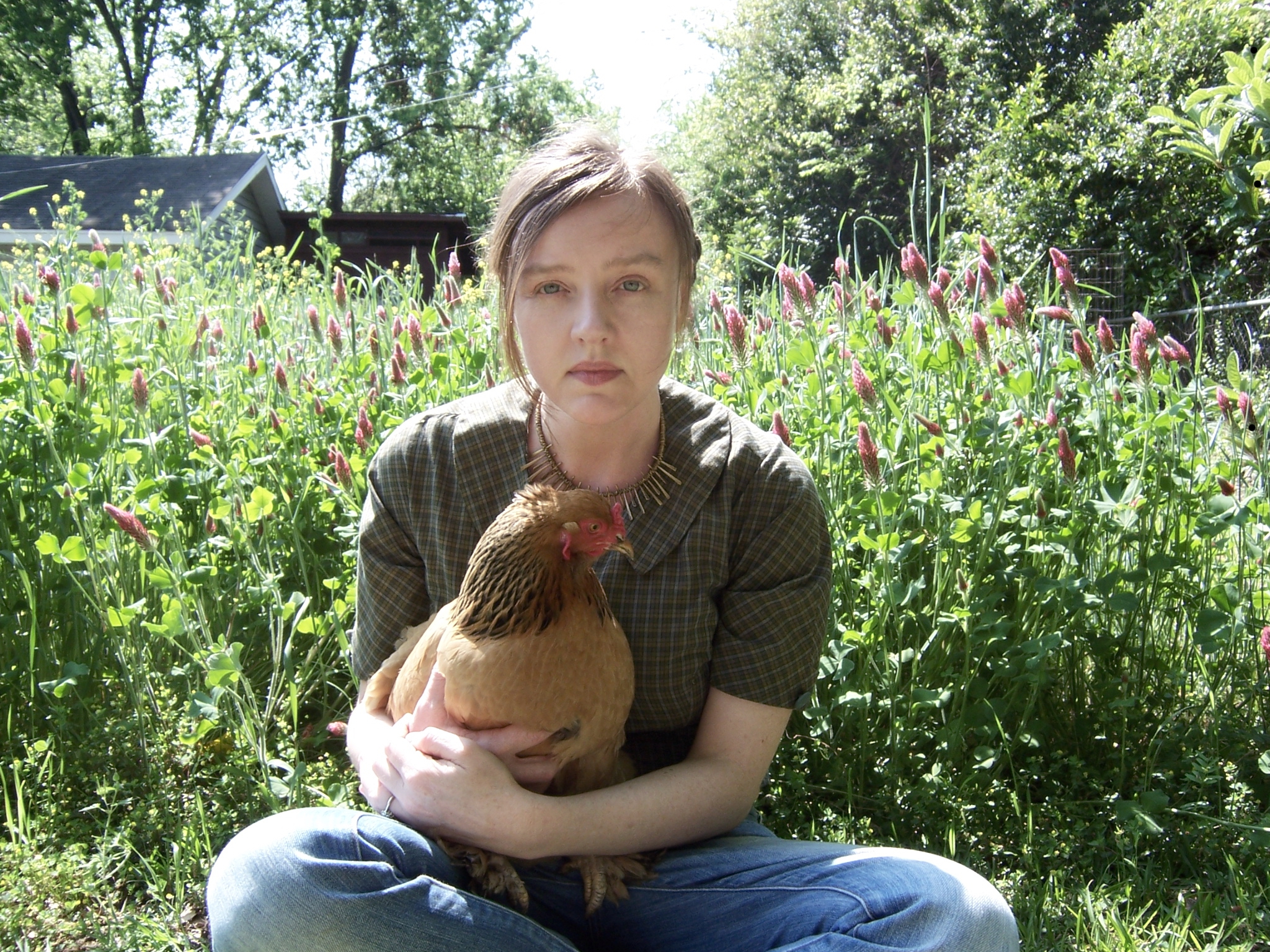
Julia Elliott
Julia Elliot describes the past year as “exhilarating and exhausting.” In addition to releasing two books since last September (with the continuing travel and book promotion), she turned in her tenure file in November, “all while rearing a headstrong toddler.” Her debut short story collection, The Wilds, was released in October 2014 to rave reviews. Reviewed by the New York Times last fall and recipient of a starred review in Publishers Weekly, The Wilds was selected as a New York Times Editor’s Choice at the end of 2014—along with being chosen for the 24 Best Fiction Books of 2014 by Buzzfeed Books, the Best Fiction Books of 2014 by Kirkus Reviews, The Best Books of 2014 by BookRiot, Electric Literature’s list of the 25 Best Short Story Collections of 2014, and featured on Salon in The Ultimate Literary Guide to 2014. Kirkus Reviews said of this “genre-bending” collection, “This book will take you to places you never dreamed of going and aren’t quite sure you want to stay, but you won’t regret the journey.” In August, she was included in LitReactor’s list of “5 Female Short Story Writers You Should Be Reading RIGHT NOW!”
Elliott follows up her award-winning short story collection this fall with The New and Improved Romie Futch, published in October by cutting edge press Tin House. An early edition was released in April as a Powell’s Indiespensable Exclusive. In September the novel was featured on LitHub’s Great Bookseller’s Fall Preview in September, and Elliott was highlighted in an interview-review on Kirkus Reviews. Elliott’s short story “Bride” was selected by T.C. Boyle for Best American Short Stories 2015, and her essay “On Whoredom, Demonic Possession, and Penitence” was published in August on the New York Times Opinionator blog.
Music

Craig Butterfield
An associate professor of bass and jazz studies in the School of Music at the University of South Carolina, Craig Butterfield has had an unusually prolific year even by his standards. He’s released two CDs over the past 12 months: Pilgrimage, a classical contemporary collection with guitarist Matthew Slotkin featuring five new compositions commissioned by the duo and released by Summit Records, and Stickerfoot, a duo recording with mandolinist Jesse Jones featuring nine original compositions. He’s given dozens of solo recitals and concerts, including a seven-date Midwest tour with Slotkin, along with a variety of lectures, including one on vibrato for string instruments at the American String Teachers Association convention in Salt Lake City and one on recording solo double bass with electronics at TEDx in Columbia.

Jordan Young
Young, a recent MA graduate from the Media Arts program at the University of South Carolina, had a busy year blending his visual and audio production skills together in a variety of ways. Along with musical partner Chris Tollack, his experimental electro-pop duo We Roll Like Madmen released Hermetic Vol. 1 in October on Post-Echo records, and since then the two have toured steadily throughout the Southeast. He co-founded Fort Psych Media Events, a production group specializing in AV design and production, was a video performer and lighting designer for the Southeastern Piano Festival Opening Gala as well as the Ebb:Flow Music Collective, completed and showed his thesis installation Faceless, an audiovisual ecosystem exploring collaboratively using new musical instruments, at Tapp’s Art Center, and had his music with We Roll Like Madmen featured at the semi-annual Spork in Hand Puppet Slam.

Heyward Sims
While Sims, a talented guitarist in now-defunct bands likes of Parlour Tricks, Bolt, and Death Becomes Even the Maiden, has, when not busy slaving away as the designer and art director of Jasper, been plying his considerable production and songwriting skills under the Devereaux moniker. Last year’s Pineapple Flex, his debut full-length, showcased an uncanny blend of 80s pop, krautrock, EDM, and French disco that won rave reviews, and his music videos have been picked up by noted publications like Noisey, Vice, Under the Radar, Pop Matters, and other national publications.
Visual Arts

Kimi Maeda
Puppet Master extraordinaire, Kimi Maeda was selected as Tapp’s Artist in Residence, August-November, 2014, culminating in “ephemera” exhibition and premiere of new performance piece Bend.
She was awarded grants from the Jim Henson Foundation, Arkansas Arts Council, Arkansas Humanities Council, Alternate Roots, SC Arts Commission and the Japanese American Citizens League to perform Bend ” at the International Sonoran Desert Alliance Gathering in Ajo, Arizona, Brandeis University in Waltham, MA, a/perture cinema in Winston-Salem, NC, The Carrack Modern in Durham, NC, ROOTS Week at Arden, NC, Mechanical Eye Microcinema at Asheville, NC, Maiden Alley Cinema at Paducah, KY, Ron Robinson Theatre in Little Rock, AR, McGehee High School in McGehee, AR, Puppets in the Green Mountains Festival in Putney, VT.
Kimi developed “Occupation/Reconstruction” with choreographer Martha Brim for the Burning of Columbia and ArtFields – February, 2015 and designed the set for “In the Red and Brown Water” at Trustus – January 2015. She spoke on a panel about “Immigrant and Refugee Communities and the Changing South” at ROOTS Week – August 2015 as well as on a panel about “Generations of Otherness in America” at the Puppets in the Green Mountains Festival – September 2015.
Kimi helped organize Future Perfect art installations and the Spork in Hand Puppet Slam for Indie Grits – April 2015 and created live visuals for The Prairie Willows “Guilty 2” at their CD release party – June 2015. She performed “The Homecoming” and “Guilty 2” at Norfolk, VA’s Mid Summer Fantasy Festival – July 2015, created shadow puppet workshop for teens for the Richland Public Library and St. Andrews Library – July 2015, and designed the set for “Marie Antoinette” at Trustus – September 2015.
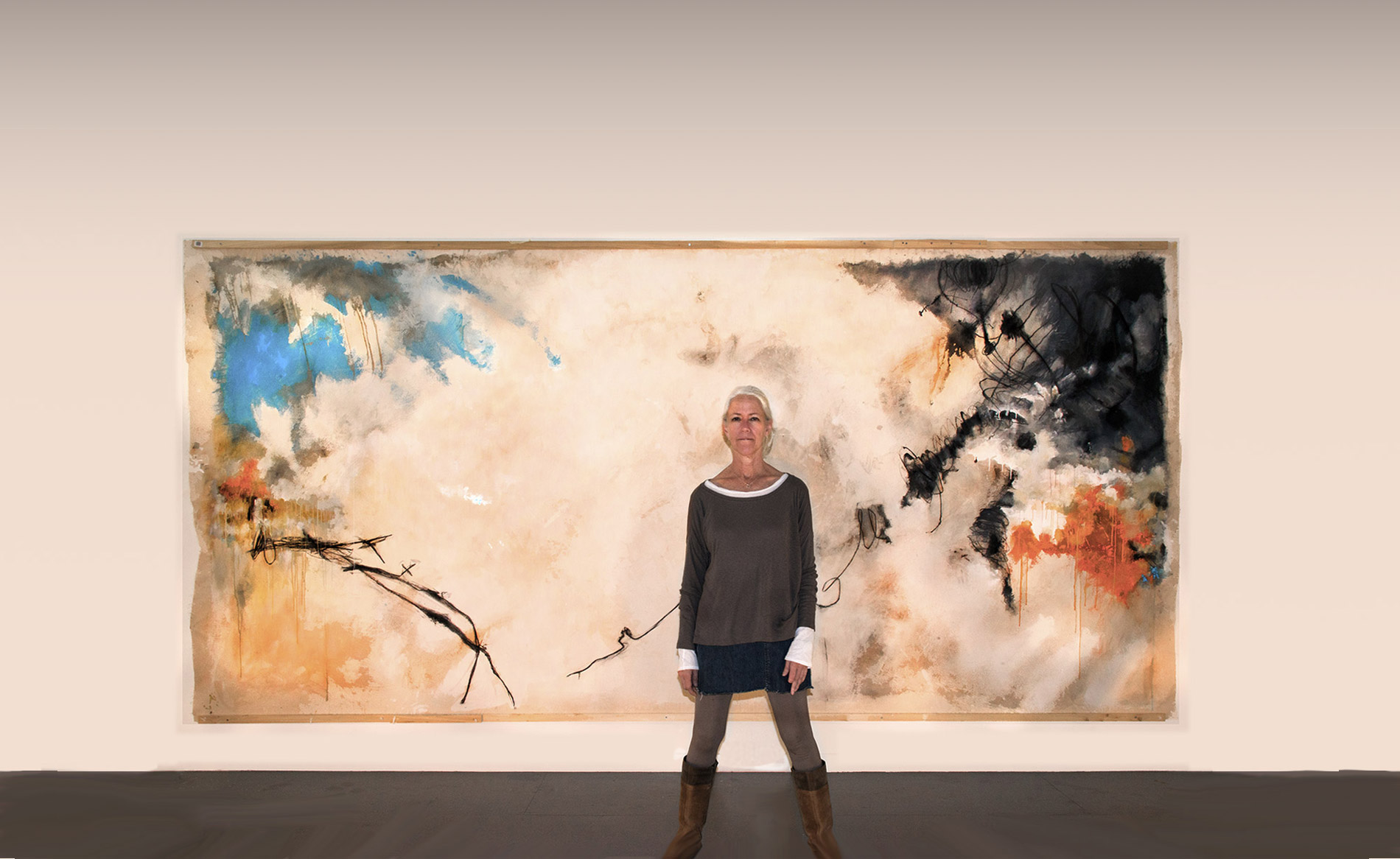
Eileen Blythe
Visual Artist Eileen Blythe’s work appeared in Volume II - Women Bound by Art at Columbia College in November 2014, at Vista Lights/Gallery 80808 in November 2014, in Less is More, a Carolina Gallery Group Show in Spartanburg, SC in November 2014, in "No Title/No Name," a group show in Kaiserslautern, Germany during the Winter 2015, and in "Drawing the Line," a solo exhibition at Gallery 80808 in February 2015.
Her work also was also exhibited during Artista Vista/Gallery 80808 - April, 2015, Artfield's - April 2015, in the American Japanese Art Exchange - Tokyo - June 2015, at a Public Art Installation - Mayors Council of Art - Gillette, Wyoming - June 2015, a Group Exhibition - Art & Light - Greenville, SC - August 2015 in the 701 CCA Biennial - September 2015, the Broadside Project at Columbia Museum of Art - Group Project - Summer 2015, and in the "Big" group show - Anastasia & Friends - April 2015.

Russell Jeffcoat
Photographer Russell Jeffcoat was selected for the prestigious Cassilhaus exhibition and auction benefiting the photography program at the Penland School of Crafts in Raleigh, North Carolina, in March 2014. In October 2014 he was a finalist in the International “The Heart of Steinbeck Country” exhibition in Carmel, California, and was a selected nominee in the International Black & White Spider Awards, Los Angeles, California, the industry’s most important event in black and white photography. This selection places him “among the finest photographers in the world” by an international jury consisting of the heads of The Royal Photographic Society (London), The Stockholm City Museum (Sweden), and The Fratelli Alinari (Italy).
In Spring 2015 he was selected for The Photographic Nude, another internationally juried exhibit, this time in Astoria, Oregon, which celebrates the timeless elegance of classical, alternative, and provocative styles. In May 2015 his photography was featured in Blur magazine (Blur is an international European magazine dedicated to the best in fine art photography). This fall he was also featured in "The Photography of Seven" exhibit at Gallery West in West Columbia, South Carolina.
Dance
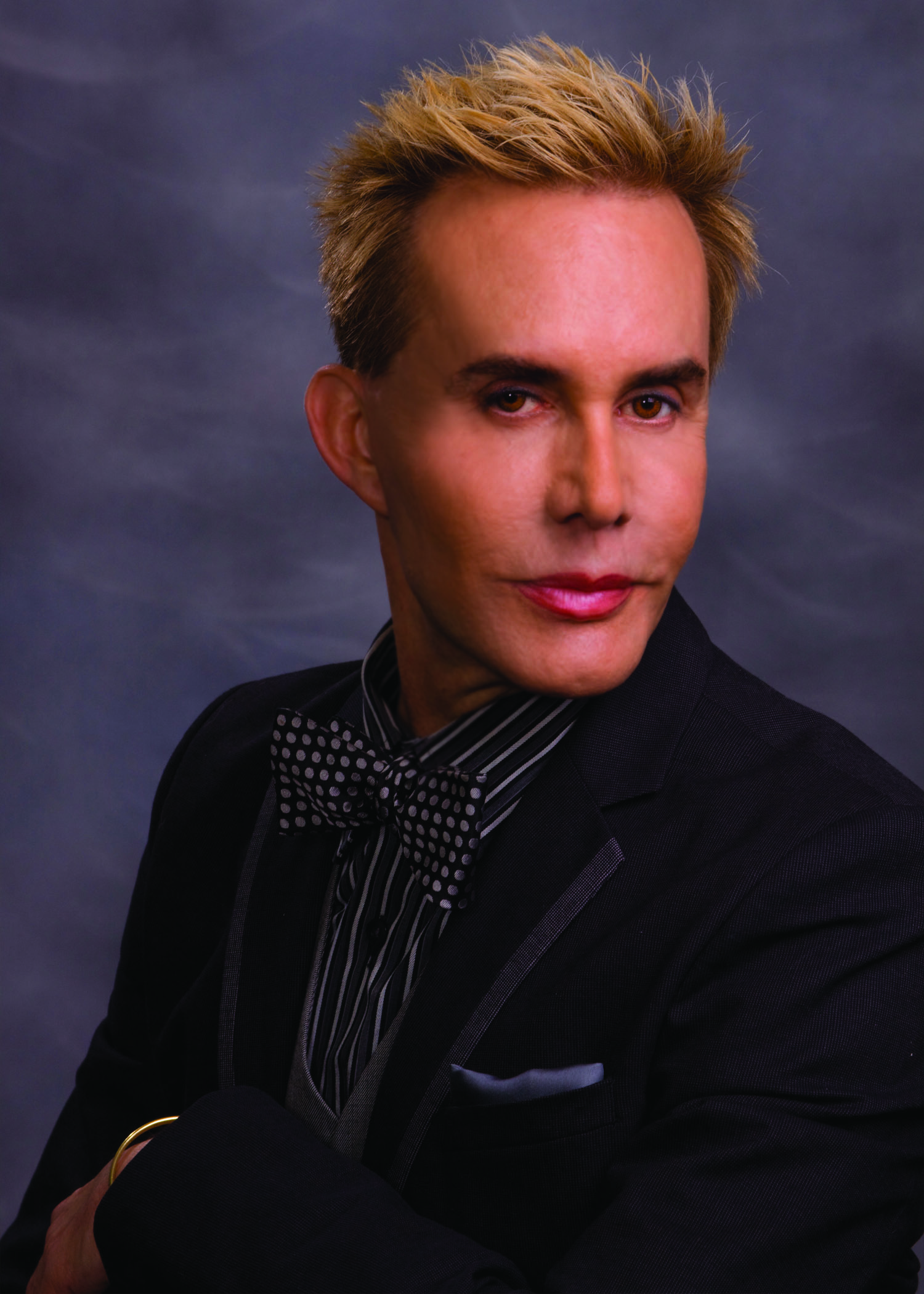
William Starrett
Columbia City Ballet executive director William Starrett organized and presented the Body and Movement Explored evening inviting and facilitating 12 new works by 9 guest choreographers and choreographing a new dance of his own with music by Josh McCaa. He represented the company at the International Ballet Competition, in Jackson Mississippi, and as a and mentor to the competitors. He created the choreography for the world premiere of Santa Clause is Coming To Town an Educational Outreach children's program to support anti-bullying and was the first to bring this program and the Nutcracker performance to Hartsville through an invitation by the mayor and the city where William directed and choreographed the performance. In addition to Hartsville he also continued and took it to 6 other cities.
William directed a number of ballet shows including Dracula, Nutcracker, The Lion King, Off The Wall, and Cinderella. He brought an excerpt of Off The Wall and Onto the Stage: Dancing the Art of Jonathan Green to Georgetown, SC for the first time and artistically directed the largest performing arts organization in the state, coordinating, hiring, managing and directing the most performing artists in the state of South Carolina last year.
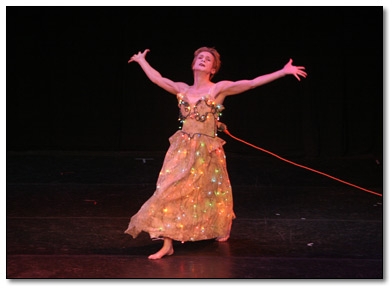
Martha Brim
Martha Brim has been Professor of Dance at Columbia College from 1998-present. She is the Interim Director of the South Carolina Center for Dance Education and the Artistic Director of
The Power Company Collaborative. In February, Martha choreographed in collaboration with artist Kimi Maeda and musician Bill Carson, a solo public art performance installation, Occupation/Reconstruction, as I breathe I hope which was performed as part of the sesquicentennial commemoration of the Burning of Columbia. This piece was commissioned by the Historic Columbia Foundation and One Columbia for Arts and Culture. The work was 20 minutes in length and explored the parallels and distinctions between disease and war. She also choreographed Navigating Fallout in February 2015, which was performed by eight members of CCDC at Cottingham Theatre, Columbia, SC. Occupation/Reconstruction, as I breathe I hope was selected for Artfields, a juried art exhibition held in Lake City, SC.
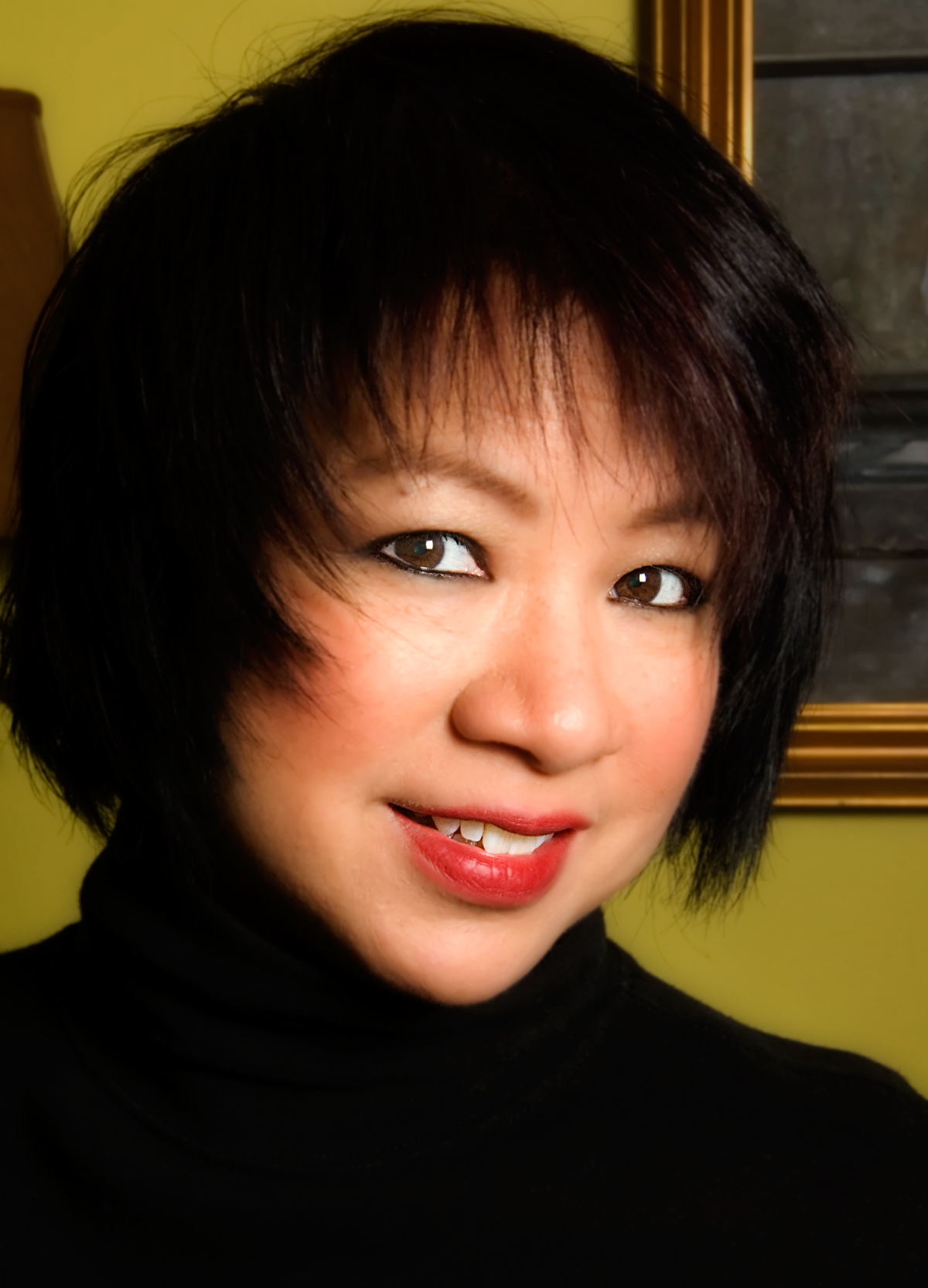
Dale Lam
Columbia City Jazz executive director Dale Lam Received a 2015 "Dance Teacher Award" by Dance Teacher Magazine for being one of the top private studio/conservatory owners in the country. She was named an active Ambassador to the Dance Teachers Summit in Long Beach California - July 2015. For Columbia City Jazz, Lam directed and provided the majority of choreography for The Two Claras, a contemporary retelling of The Nutcracker story as well as A Beautiful Place – a contemporary duet, Never Forget – also a contemporary duet, and Clarity for the JazzGroup as well as Every Teardrop is a Waterfall for a Contemporary group for Danz Studio, Costa Rica. She has also choreographed and taught master classes for the following: Center Stage in Asheville, NC, Dance Productions, Charlotte, NC, and Renee's Dance Floor, St. Louis, MO.
Theatre

Jennifer Moody-Sanchez
Jennifer made her Broadway debut this summer at Lincoln Center as Lady Macbeth in the Psittacus Production of, A Tale Told By An Idiot. She also was cast in a video game doing voice over in Los Angeles for 343 Industries (the creator of Halo) as one of the soldiers in their upcoming series. Jennifer just finished playing the title role of Marie Antoinette in Trustus Theatre's production, Marie Antoinette, directed by 2014 Jasper Artist of the Year Finalist, Robert Richmond and will start rehearsals for Warehouse Theatre in Greenville, SC for their touring production of Hamlet and star as: Gertrude, Guildenstern and the Grave Digger. Jennifer has been seen this past year in, The Other Place, directed by Jim O'Connor playing three different characters at Trustus Theatre.
She was also in, Standing On Ceremony: The Gay Marriage Plays directed by Elena Martinez-Vidal, playing again ... three completely different roles also at Trustus.
Jennifer also performed in an original 10 minute production for the Lenten Drama series. She is also a drama teacher at Timmerman School here in Columbia.

Dewey Scott-Wiley
Dewey Scott-Wiley was co-Artistic Director of Trustus Theatre, September 15, 2014-August 31, 2015 and played Sonia in Vanya and Sonia and Masha and Spike, Trustus Theatre, September 12-27, 2014. She directed The Actor’s Nightmare, USC Aiken, November 20-23, 2014, received recognition for faculty achievement in directing from the Kennedy Center American College Theatre Festival. She directed Godspell, Trustus Theatre, March 20-April 11, 2015, recognized as “The Best Local Theatre Production” by the readers of The Free Times. Dewey also directed Bill W. and Dr. Bob, Trustus Theatre, May 29-June 13, 2015. This historically accurate account of the founding of Alcoholics Anonymous was sponsored by Favor SC (Faces and Voices of Recovery). The Side Door Show sold out before we opened. She directed Big City (World Premiere), Trustus Theatre, August 14-22, 2015, winner of the 2014 Trustus Playwrights’ Festival. She was the voice of Gladys the Grasshopper, Columbia Museum of Art, September 15, 2014-Present and served as Professional Division Chair of the Southeastern Theatre Conference, September 15, 2014-March 5, 2015. She was the Coordinator of Directing Initiatives – Kennedy Center American College Theatre Festival, September 15, 2014-Present and has been a Trustus Ensemble Member – August 1993-Present.
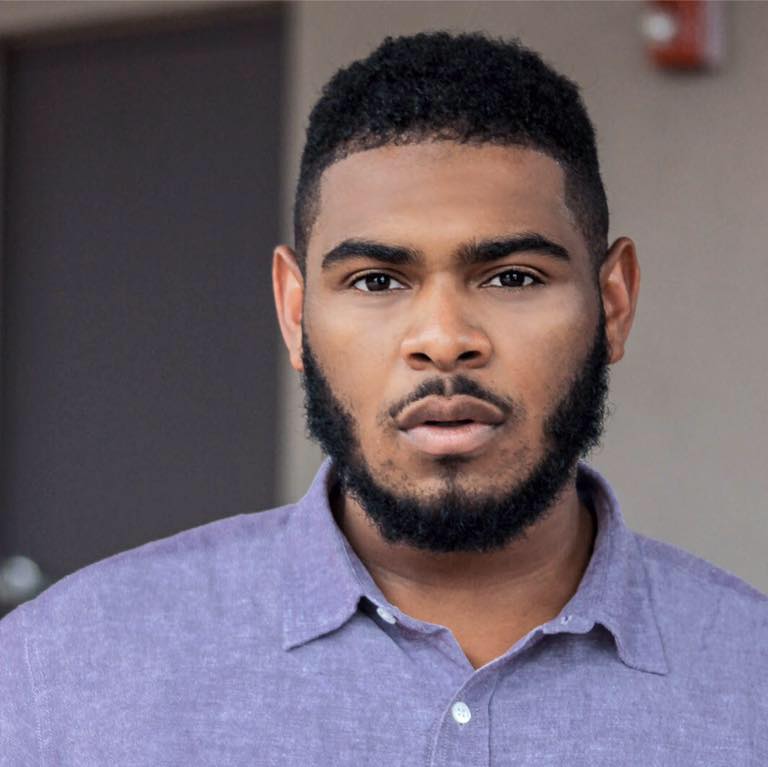
Kendrick Marion
Kendrick performed the following roles over the past year: In a Christmas Carol he was Man 5 at Trustus. In In the Red and Brown Water, he was Shango at Trustus. He was the House Band singer in the Henderson Bros. Burlesque at Trustus and was the host of Link Up's The Orchestra Rocks for the SC Philharmonic at the Koger Center. Finally, in Dreamgirls, he played the role of Jimmy Early at Trustus Theatre.
To vote for your favorite JAY 2015 nominees, click here.
If you have any issue with voting, please email kpetersen@jaspercolumbia.com. Voting closes at midnight on October 25th. Thanks!
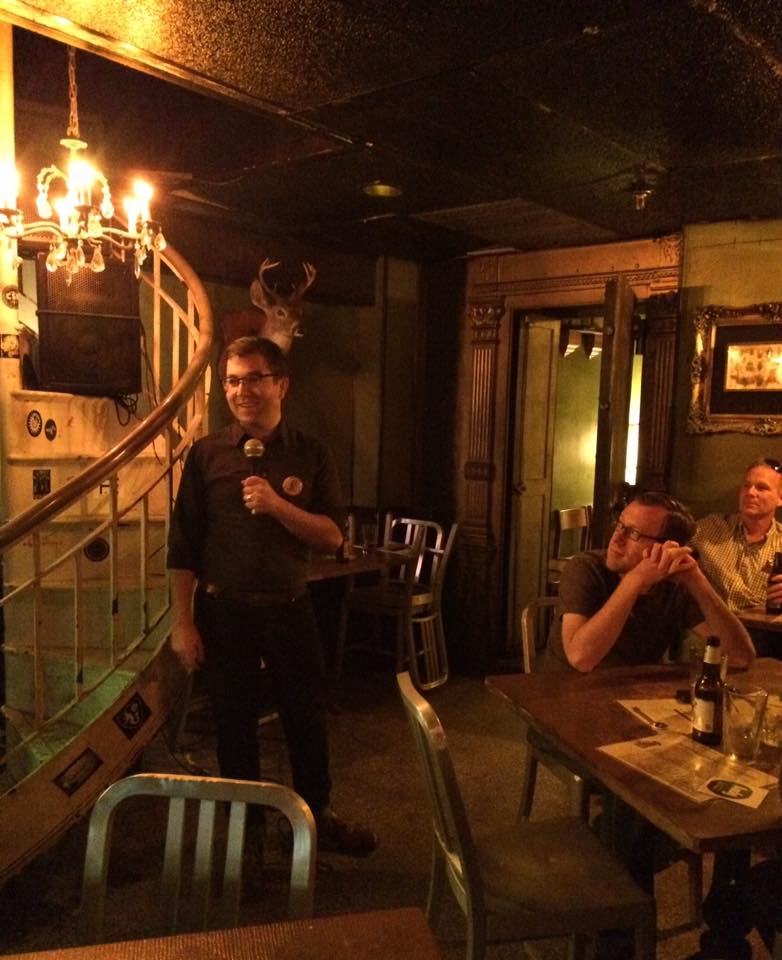 Last night, as I sat at The Whig and looked around the room while City Council Candidate Andy Smith spoke from the corner, I was struck by two things.
Last night, as I sat at The Whig and looked around the room while City Council Candidate Andy Smith spoke from the corner, I was struck by two things.
